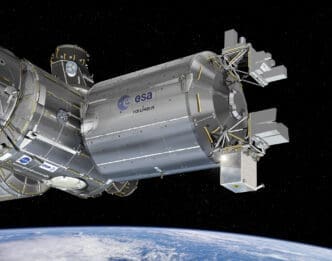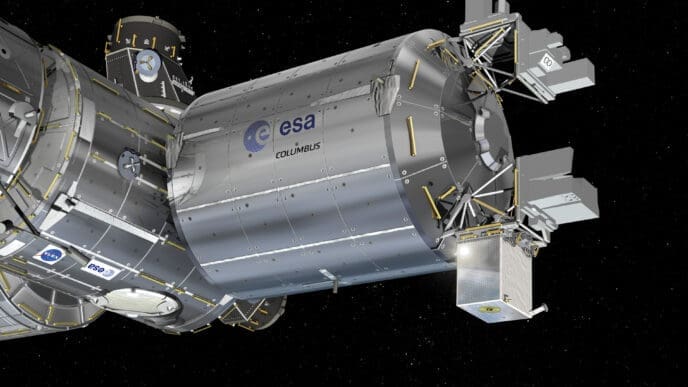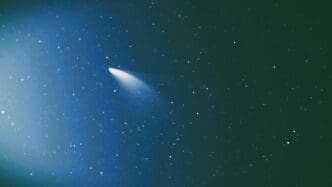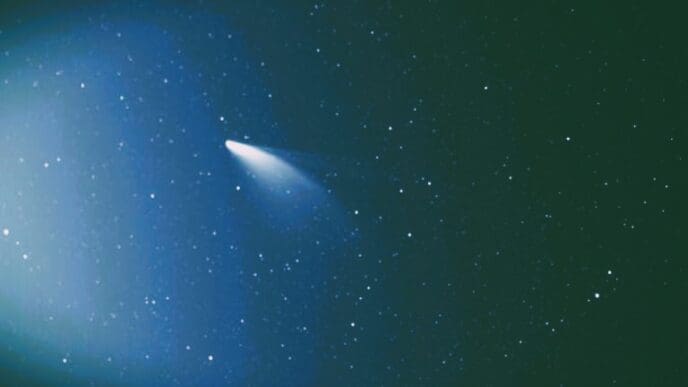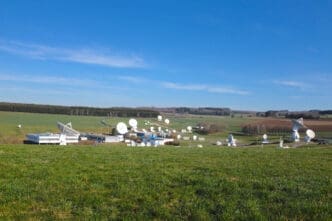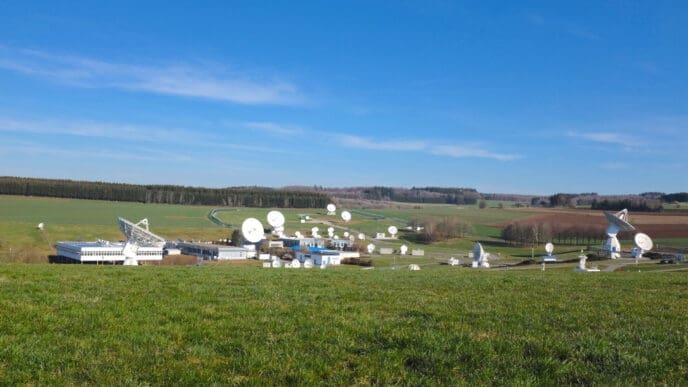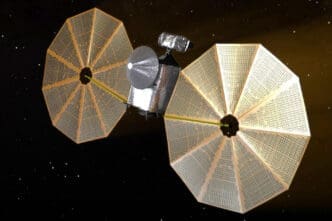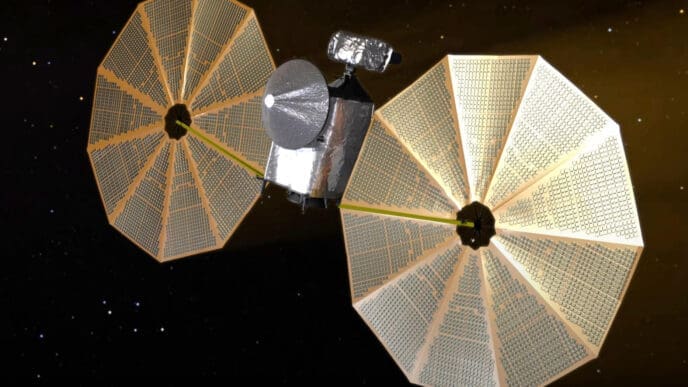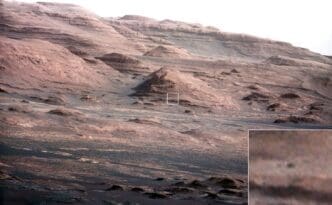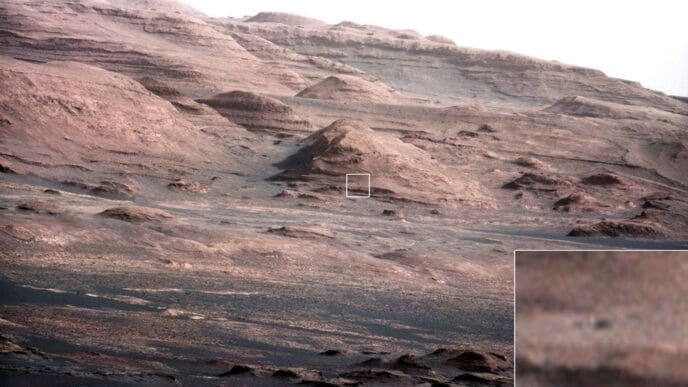The Expedition 72 crew aboard the International Space Station (ISS) made significant progress on Thursday in both scientific experimentation and logistical preparations. The astronauts focused on safeguarding their immune and circulatory systems in the unique environment of microgravity, while also honing robotic docking procedures crucial for the station’s operations. Additionally, they completed the final packing of a U.S. cargo craft scheduled to depart on Friday.
Astronauts experience numerous physiological changes due to the absence of Earth’s gravity. To address these challenges, the crew conducted the Immunity Assay investigation. This experiment involves collecting blood and saliva samples, which are then stored in science freezers. These samples will eventually return to Earth for analysis to uncover potential space-induced cellular stress and tissue damage. Such findings could be pivotal in developing treatments for astronauts. On Thursday, JAXA (Japan Aerospace Exploration Agency) Flight Engineer Takuya Onishi contributed his samples to this study, potentially advancing research into stress-related immunity conditions both in space and on Earth.
Meanwhile, Station Commander Alexey Ovchinin and Flight Engineer Ivan Vagner from Roscosmos continued their investigation into how blood circulates from the brain to other parts of their bodies in space. Using sensors placed on their foreheads, fingers, and toes, they gathered data on the circulatory system’s adaptation to microgravity. This weeklong study aims to expand the knowledge base of space medicine and ensure the well-being of crews venturing further into space.
As humans increasingly spend time away from Earth, the space industry strives to develop new technologies that benefit both space crews and terrestrial society. On Thursday, NASA Flight Engineer Don Pettit worked with a pair of toaster-sized Astrobee robotic free-flyers in the Kibo laboratory module. These devices tested autonomous docking techniques, which could pave the way for future innovations in satellite servicing, orbital refueling, spacecraft repair, and space manufacturing.
The Cygnus cargo craft, currently held by the Canadarm2 robotic arm at the Unity module’s space-facing port, is set for release. Robotics controllers will remotely manage the detachment of Cygnus from Unity overnight, with plans to release it into Earth orbit at 6:55 a.m. EDT on Friday. NASA Flight Engineer Nichole Ayers will oversee its departure, following its seven-and-a-half-month tenure at the station. NASA+ is scheduled to begin broadcasting Cygnus’ release and departure at 6:30 a.m.
On Thursday, Ayers, alongside NASA astronaut Anne McClain, finalized the packing of Cygnus and prepared the spacecraft for removal. Their tasks included exiting Cygnus, sealing its hatch, conducting leak checks, and depressurizing the vestibule—a critical area between Cygnus and the ISS.
Flight Engineer Kirill Peskov dedicated the first half of his shift to maintaining an oxygen generator in the Zvezda service module. Later, he tested a video camera capable of capturing images of natural and manmade disasters on Earth across various wavelengths. He concluded his day by replacing life support equipment that processes and purifies water in Zvezda.
The Human Element Explored
- This research may lead to improved medical protocols for astronauts, enhancing crew safety during prolonged space missions.
- Technological advancements from autonomous docking could revolutionize satellite servicing and reduce costs.
- Understanding the effects of microgravity on human physiology may contribute to healthcare innovations on Earth.
- Efficient cargo craft management ensures the steady supply of essential resources to the ISS, maintaining mission continuity.
- The data collected from these experiments could inform future missions, making deep-space travel more feasible.
- Successful remote operations like the Cygnus detachment demonstrate the viability of robotic systems in space exploration.
- The Astrobee technology trial could result in new methods of autonomous navigation for space and terrestrial applications.
- Enhanced circulatory and immunity research may lead to breakthroughs in preventing stress-related conditions on Earth.
- Video imaging capabilities tested on the ISS can provide critical insights during disaster response efforts on Earth.
- Innovations in life support systems are crucial for sustaining human life during long-term space missions and in extreme terrestrial environments.


